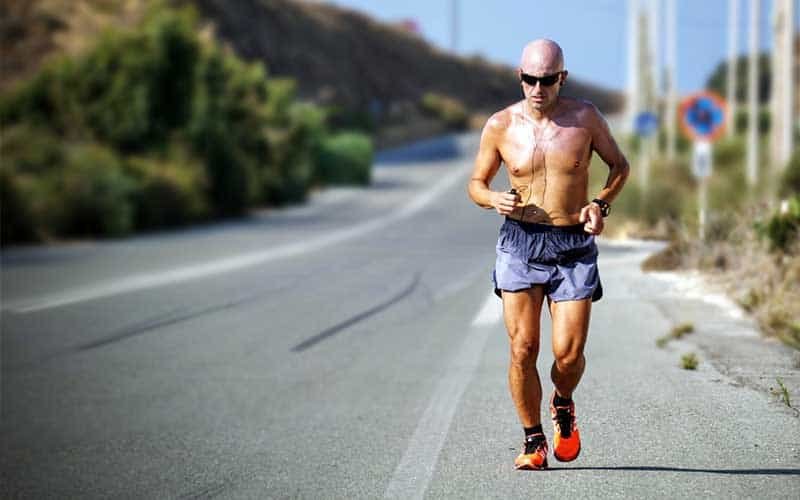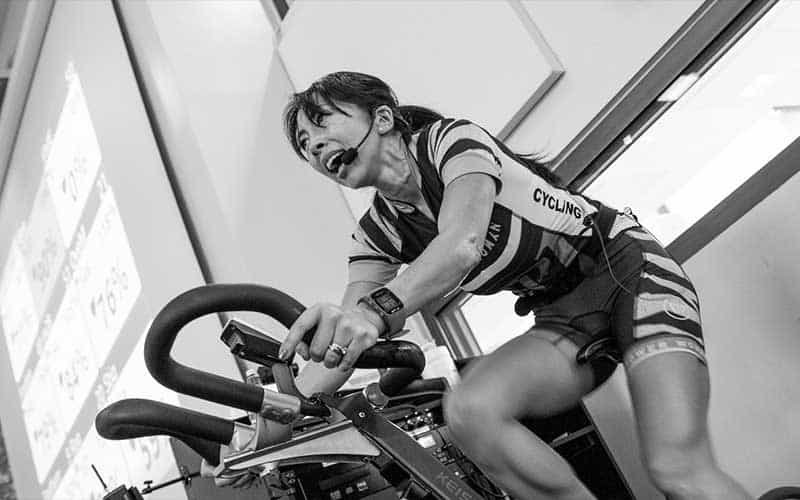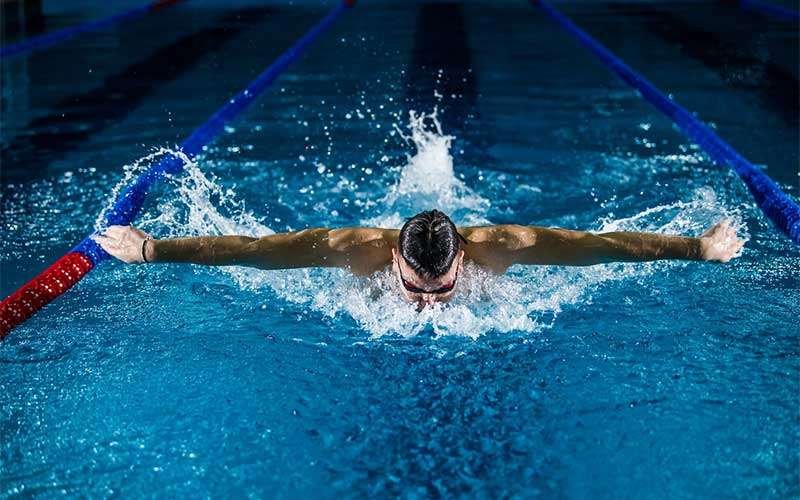However, it’s also common to see triathletes committing the same training mistakes again and again. We’re not talking about the small details of triathlon training that triathletes tend to overlook, but the crucial ones that significantly prevents progress. Below, we talk about the most common five mistakes that triathletes make during the training, and how you can avoid them.
Mistake #1: Sticking to lifestyle training
For their swim training, these athletes either adapt entirely to their master’s group or do laps alone. Their bike and run training consist mainly of recording miles, and progress to hitting the track once a week for a month before the race. However, they don’t give much thought to the specific types of workouts they do.
This approach will work if your primary goal is to enjoy your training and if a consistent and long-term improvement is not on your list of goals. But if you want consistency and long-lasting results, your training should progress from week to week throughout your training season. The varied challenges will help your body continually build fitness while adapting to the weekly changes.
Take note, however, that you can’t just vary your training randomly. You need to arrange your workout sequence so that your training progresses from its present state to the state you want to achieve by the end of your training cycle. Break your training into three phases: the base, build, and peak.
During the base phase, work on building your general endurance and improving your technique and economy by doing technique drills and brief but quick intervals. In the intensity phase, keep the intervals of high-intensity workouts short to middle-duration. This will improve your body’s ability to buffer and get rid of lactic acid, which will enhance your mental capacity to handle suffering. In the race phase, focus on accomplishing race-specific sets like long intervals and long workouts.

Mistake #2: Overlooking the intensity of workouts
The hard-aerobic intensity level training is more apt to the longer swims, rides, and runs you need to do in the race phase. Most of the “endurance” workouts to be done in the early part of your training cycle should be at a slightly lighter intensity to improve your body’s efficiency in burning fat.
During the intensity phase, 20% of your training should be executed at or above the anaerobic threshold. These high-intensity workouts should be structured according to the duration and the total number of intervals and rest periods so that your body gets a suitable but not excessive challenge.
Mistake #3: Not having a technique
You can improve your technique in three ways. When our body is is well-recovered, we tend to be more efficient at higher speeds. As such, you can improve your technique by performing very short and fast intervals.
Technique drills are also useful. For running, good technique drills include doing “high knees” and “butt kicks.” On an indoor bike, you can do one-legged pedaling with each leg, then do a “spin-out” where you pedal as fast as you can in your lowest gear. In swimming, drills such as the catch-up and the count stroke after the warming-up for each swim workout will help improve your technique.
Lastly, you can improve your technique by merely concentrating on your form while you swim, bike, and run, which will be easier to do if you have a knowledgeable coach who can watch you do your workouts and suggest adjustments that you can then apply and practice.

Triathlon Training Mistake #4: Ignoring weaknesses
The off-season is the best time to concentrate on your weakest discipline. Incorporate one or two workouts per week in this discipline while cutting back on the other two. Make sure your workouts are well-structured. Put your best effort into them and incorporate technique work whatever discipline you’re working at. At the end of the day, you will see rapid improvement, and you will also start enjoying this activity more.
Triathlon Training Mistake #5: Neglecting Recovery
Most triathletes train hard for months and only go easy in race weeks to be well-rested for competition. However, we recommend inserting regular recovery weeks throughout the training process.
Having regular recovery periods helps ensure that you don’t accumulate fatigue during your training program. It also allows for a more gradual fitness building process.
Most age-group triathletes focus too much on how much they train, sometimes at the expense of how they train. While working hard is essential, training efficiently is also necessary.
If you’ve been doing any or all of the five common mistakes we’ve discussed here, we recommend that you sing up for Team Enduro’s Run or Swim Analysis. This coaching plan aims to analyze your performance as an athlete using a video and in-person consultation to identify your strengths and weaknesses. We will also provide you with a detailed training regimen to address and improve your weaknesses. Give us a call at + 303-456-6969 or send us an email at wes@team-enduro.com to learn more about this coaching plan.


Recent Comments